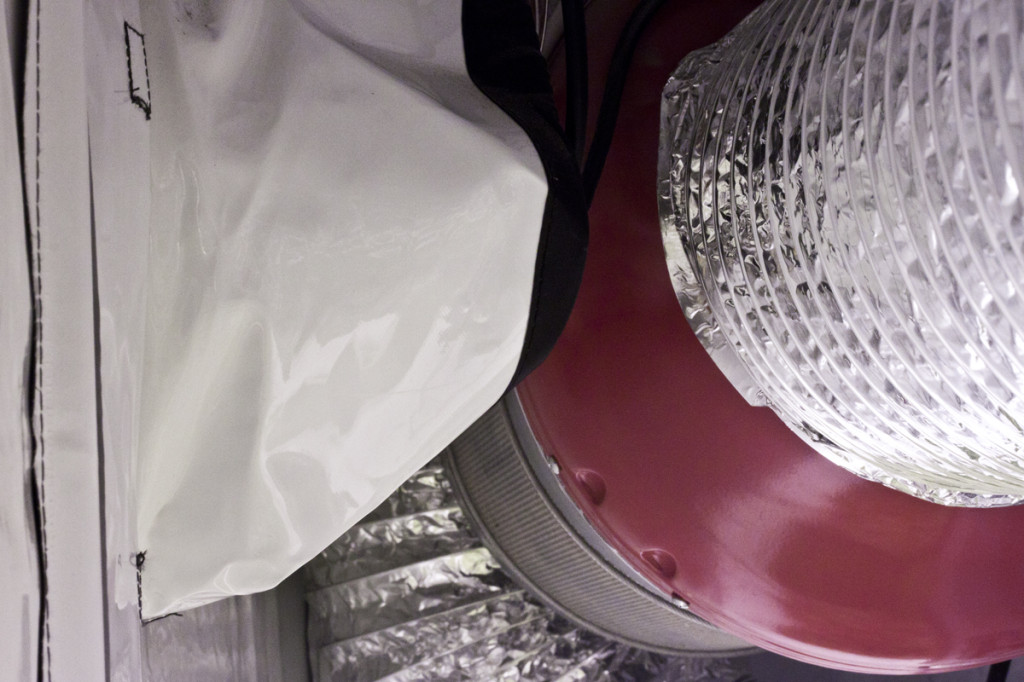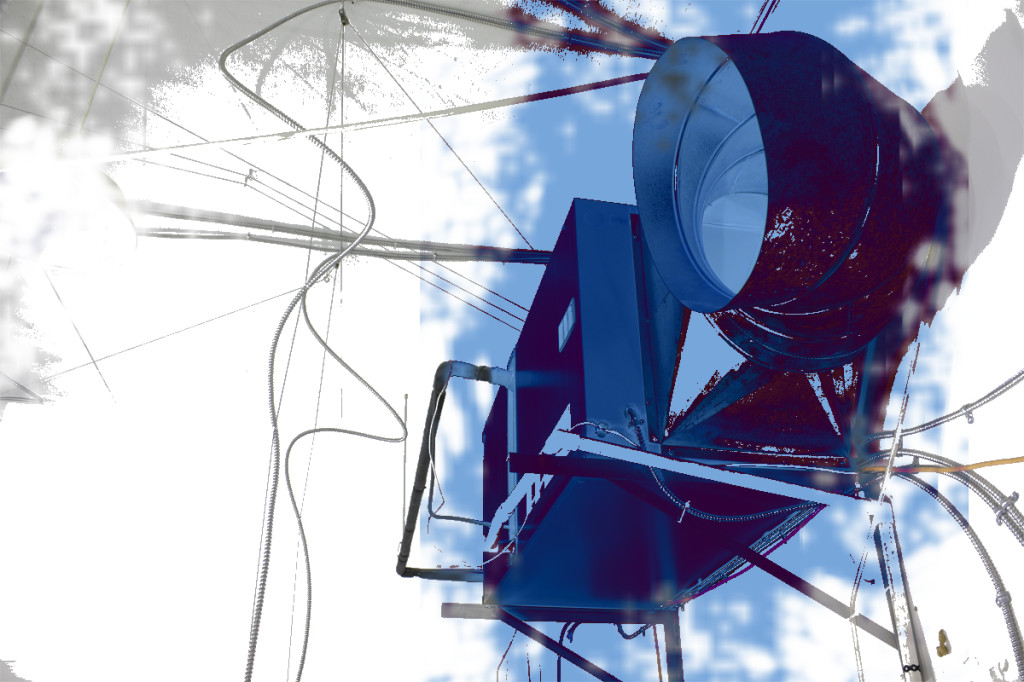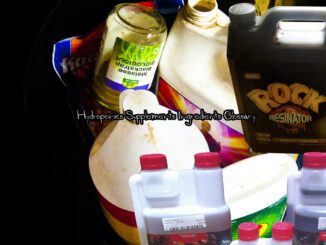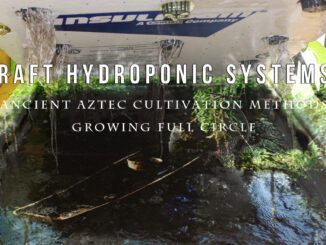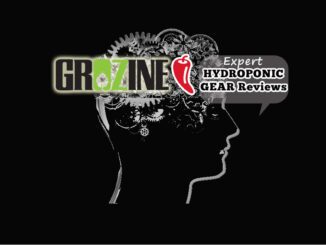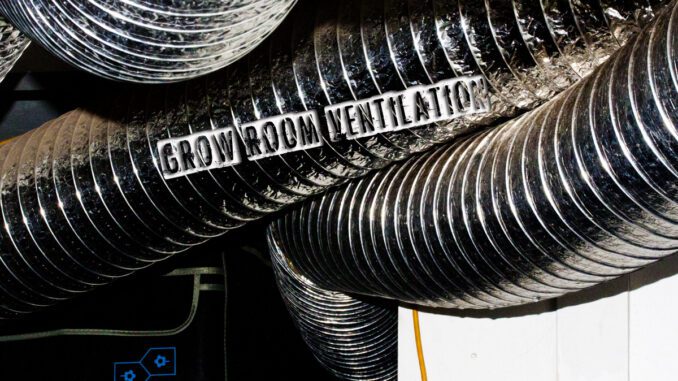
How To Set Up Grow Room Ventilation
[quote]One is called and “IN/OUT” set-up, the other is CEA (Controlled Environment Agriculture) or occasionally known as a “sealed room”.[/quote]
Knowing how to set up grow room ventilation properly is a critical part of grow room construction.
The need to set-up a cooling system and make sure we have plenty of air-circulation through our lush plant canopy is a very important one. Fans, and in some instances ACs (air-conditioners), will be necessary to get healthy yields of high quality crops.
If you are growing your plants indoors using fluorescent or LED (light emitting diode) or a few induction grow lighting fixtures in a room that has a good air volume relative to the number of lights, you won’t need to construct as intensive of a ventilation system for cooling as compared to growing with HID (high intensitydischarge) lamps.
Different wattages and types of grow lighting give off different levels of heat. Also, when you have a bigger room, with not as many lights, it will not heat up as readily. Usually the goal is to keep the air temperature at about 78°F when the lights are on and around 70°F when the lights are off. There are stages that occur in the growing cycle where different “day/night” temperatures will help to produce better results. For that reason, it’s a good idea to operate your ventilation system with a controller, such as a day/night thermostat.
There are two basic ways growers use to keep temperatures from getting too hot in the grow room when the lights are on. One is called and “IN/OUT” set-up, the other is CEA (Controlled Environment Agriculture) or occasionally known as a “sealed room”.
The IN/OUT method uses at least one exhaust outlet, which is often coupled with an intake port. Inline centrifugal fans are built and designed like a jet engine; they are powerful, durable and make less noise for the amount of air they move through ducting and intake or exhaust ports.
Furthermore, their output levels are totally adjustable with a fan speed controller. Note that centrifugal inline and shaded pole blowers are the better choices for moving air through ductwork. Propeller type fans don’t do well against resistance from ducting in moving air. You will need at least one fan to operate as the exhaust to push or pull air through the duct work.
The exhaust (“out”) pulls hot, humidified, depleted air from out of the plant environment and exhausts it somewhere else, usually outdoors; like a dryer or range duct. Fresh, cooler, less humidified air that contains more co2 (carbon dioxide for plant growth) is drawn in through cracks and openings (the “in” aspect of IN/OUT). This method is more effective when a second inline centrifugal is also pulling air into the room, at the same time the exhaust fan is pushing old air out through a dedicated fresh air intake duct.
The issue with this set-up is that you have to move lots of air, which can be noisy, even with a high quality inline fan. Secondly, if the air outside is hot or humid, it cannot do a good job of keeping the grow room cool enough for the plants to stay healthy and give you quality yields.
This is why larger scale or more sophisticated growers use A/Cs (air conditioners) to keep the grow room at any temperature they want when the A/C is functioning with a controller unit. By not requiring any fans for cooling, the grower can maintain a totally sealed room (CEA) with the addition of carbon dioxide enrichment, air purification and humidity control equipment. This provides the best and tightest climate control, and means that growers don’t need to vent hot air outside of the building through obtrusive ductwork, or create openings to draw air in with ducting like in IN/OUT set-ups.
In either type of set-up, it’s usually a good idea to have an air-purification system. This creates healthier air for you and your plants to breathe while eliminating or reducing strong grow room odors. Activated charcoal filters, or often referred to as “carbon filters” in the right size for your ventilation system are available from your local hydroponics store. When discussing air-handling set-ups with your hydroponics retailer, be prepared to tell them the volume of the room (Length X Width X Height) in cubic feet, and tell them how many lights you plan on running. They can help you size up your fans and filters accordingly.
If you plan to operate a CEA set-up, which is preferred, you will need an A/C that has about 4500 BTUs of cooling power for every 1000W HID lamp you plan on running. This figure accounts for additional heat from co2 burners and the ballasts. Note that cooling requirements can be significantly reduced by using a water-cooled co2 burner. As well, remember that very few appliances are 100% efficient, so it’s better to buy a bigger cooling unit that will simply run less often versus a unit that may become overworked or not be able to keep up with the demand. “Split” and “Water-Cooled” air conditioners are the best choice for indoor growing. Be advised, they can be a sizable investment when compared with high performance fan cooling.
It’s important to ensure that there is a healthy flow of air through the growing environment 24/7. Plant leaves breathe out water vapour and take in carbon dioxide gas, while releasing oxygen. When oscillating fans are constantly sweeping air through the plant canopy, plants can take more air in, and let more air out; helping crops grow faster and yield bigger.
Also, air movement is required to help keep the air in the grow room well mixed, otherwise all the hot air will float up top, and the lower atmosphere can be cold. Good air movement also strengthens stems, helping plants to support heavier flowers and fruits and the constant breeze discourages insects in the garden.
The bottom line: never underestimate the importance of good air circulation in any indoor growing environment.
With either fans or an air conditioner, a control mechanism is recommended. The most affordable option is a cooling thermostat, preferably with separate day/night capabilities. This will signal your vent fans or A/C to cycle when required, so that the grow room is maintained at your set temperature regardless if the lights are on or off. Usually fans or A/Cs will cycle frequently when all the lights are running in the grow room.
Better options are specialized grow room controllers that integrate co2, humidity, lighting and temperature controls all into one unit. Some of these units are so sophisticated that you can operate your grow room from anywhere in the world using a computer or smart phone; you can also receive alerts if there are any problems, and you can even view your grow from afar with integrated IP cameras.

